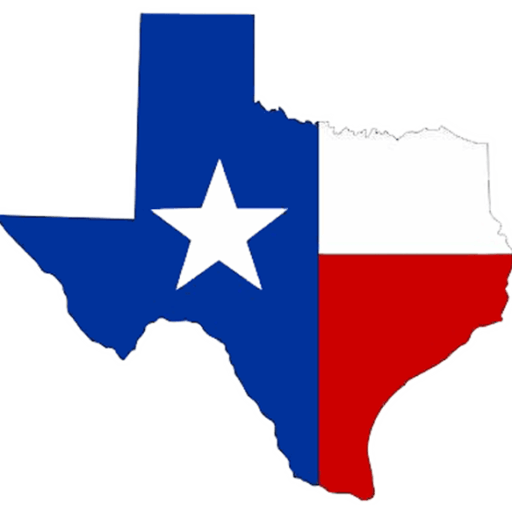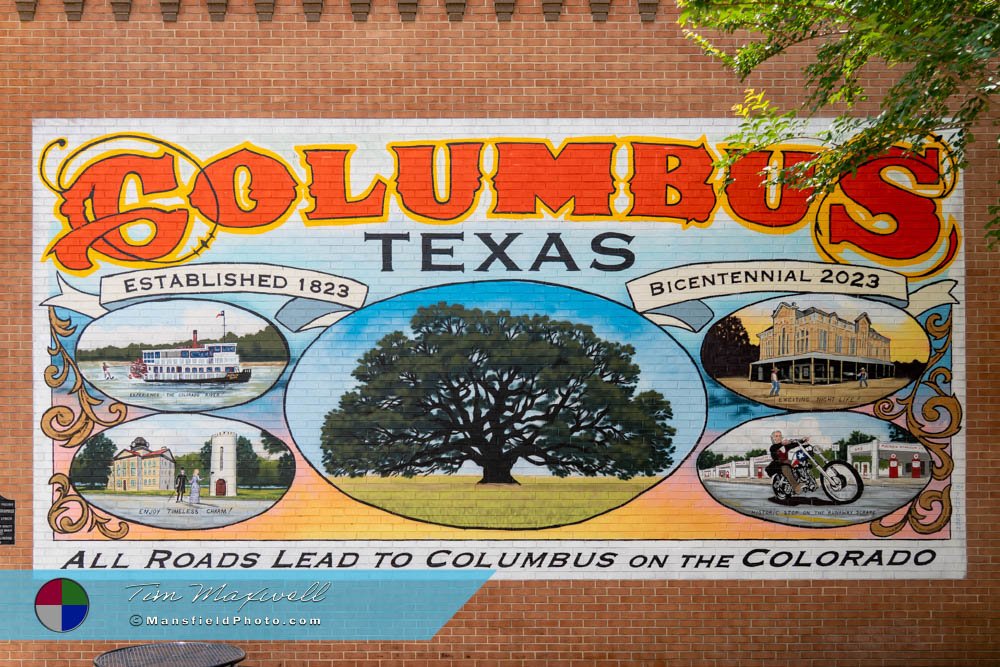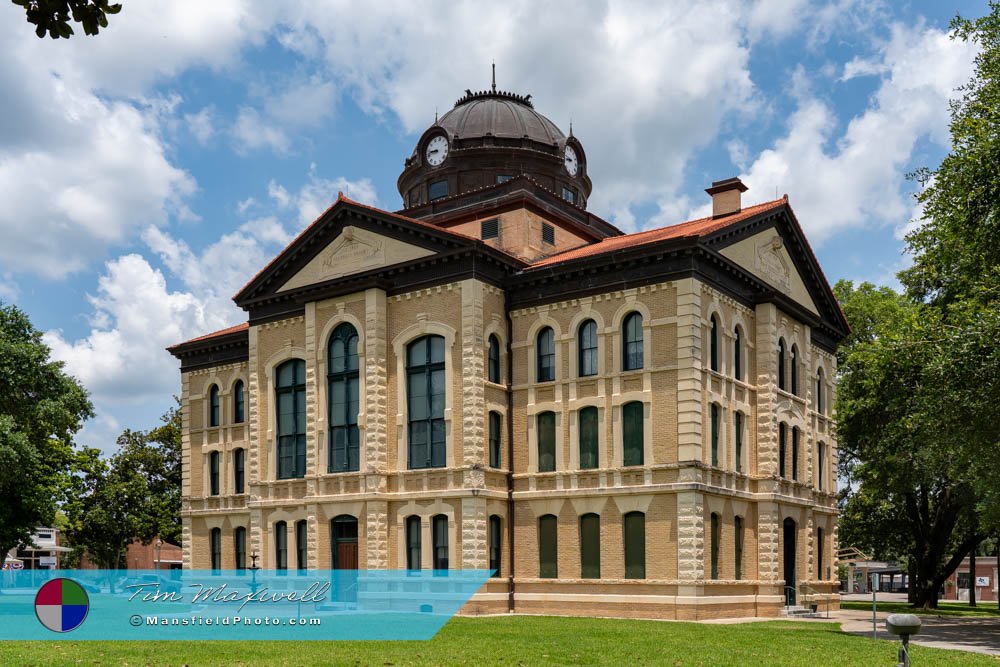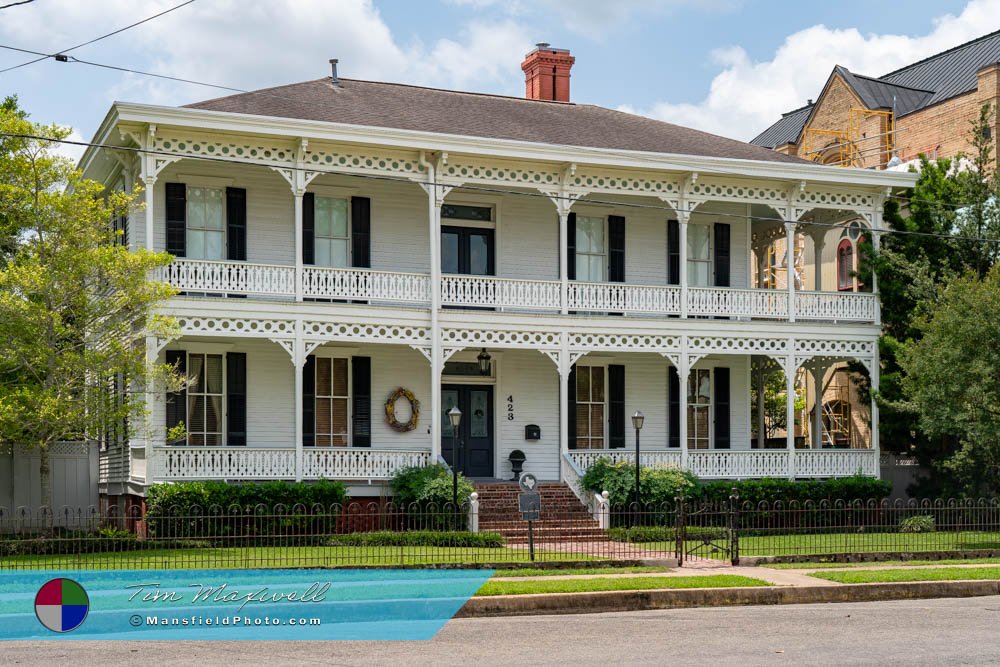Mansfield Photography
Columbus, Texas
– The Town That Helped Shape Texas.
Columbus is a town where the Old West once looked east toward civilization, and where a cattle trail could end at a velvet curtain. With a story that bridges Indian battles and theater spotlights, Columbus, Texas, offers far more than its quiet size suggests. Though small by today’s standards, this town has played an outsized role in the early chapters of Texas history—and still has the architectural charm and enduring landmarks to prove it.
A Birthplace of Texas Security
Long before Texas was a republic or a state, this area was part of Stephen F. Austin’s colony, known as the Old Three Hundred. Settlers arrived with high hopes but faced the harsh reality of isolation, disease, and frequent attacks from native tribes who understandably viewed the influx of newcomers with alarm. To defend the fragile outpost, John Tumlinson Sr., one of the earliest settlers, and Robert Kuykendall took the initiative to organize a local militia.
In 1823, after Tumlinson Sr. was killed in one such attack, his son, John J. Tumlinson Jr., picked up the mantle and helped form a lasting legacy. That same year, Austin himself announced he would personally fund ten men “to act as rangers for the common defense.” These were not soldiers in the traditional sense, but men who knew the frontier and could ride fast, shoot straight, and track danger through the woods and plains. This model of community defense would go on to evolve into the legendary Texas Rangers.
The Tumlinson family remained a vital part of this story for generations.
Many of their descendants went on to serve as Rangers, and their name still resonates in Texas law enforcement lore. These men weren’t just local heroes—they were the prototype of Texas frontier justice.
From Outpost to County Seat
The roots of the town run even deeper. Founded in the early 1820s on the site of an old Indian village and a Spanish outpost before that, the town earned its name when early Anglo settlers chose “Columbus” as a nod to the spirit of exploration, though it’s unclear whether it was in reference to the explorer himself or the Ohio town by the same name.
By 1836, it was a well-known point along the Colorado River, and the town burned to the ground during the Runaway Scrape—when settlers fled the approaching Mexican army during the Texas Revolution. But by 1837, it was back, rebuilt, and designated the seat of Colorado County.
Buildings with Stories to Tell
This isn’t the kind of town where the past is boxed up in a museum. Here, history lives across the street from the courthouse. One standout is the Stafford-Miller House, a stately 19th-century residence still standing proudly across from the Colorado County Courthouse. Its story gets even more interesting when you glance next door: the Stafford Opera House.
Built by cattleman and businessman R.E. Stafford in the late 1800s, the opera house had a clear purpose: bring world-class culture to the frontier. And perhaps more amusingly, bring it as close to Stafford’s bedroom as possible. It’s said he built the opera house specifically so he could watch the stage from the comfort of his upstairs room next door!
With a seating capacity of 1,000, the opera house was no small-town stage. National stars like Lillian Russell and Harry Houdini performed here, their voices and illusions echoing across the hardwood floors and balconies. On performance days, special trains rolled into town, carrying passengers from distant hamlets, all eager for a night of enchantment under the chandeliers.
Faith, Foundations, and Frontier Spirit
The cultural richness wasn’t limited to performance. One of the earliest Protestant congregations in Texas took root here. The First United Methodist Church was officially formed in 1848, and its current location—completed in 1897—still stands, that’s as much a sanctuary for the faithful as it is a landmark of endurance.
All of this unfolds in the shadow of the Colorado County Courthouse, one of the most striking structures in the area. Anchoring the town square, its Renaissance Revival architecture, complete with turrets and arches, stands as a symbol of permanence in a region once defined by impermanence. Built in 1890, this courthouse doesn’t just house legal proceedings; it holds the weight of over a century of public life.
Interesting Quirks and Local Lore
There’s no shortage of quirky charm here. Beyond the opera house lore and early Ranger legacy, the town boasts a wealth of Victorian homes, antebellum structures, and quiet streets that almost feel frozen in a different time. Locals speak of buildings that served as saloons during one era, then pharmacies in another. Some structures still carry the ghost signs of businesses long closed, but not forgotten.
In a town like this, the railroad plays a silent, almost background role today. But in its heyday, the rails were lifelines, delivering goods, news, and the occasional opera singer. Trains not only made the opera house viable—they made it legendary.
📍 Interested in exploring Texas’ natural beauty?
Check out our articles on Texas State Parks — every time we visit, we share captivating stories and stunning highlights from these incredible places!
Present-Day Character
Though modern highways now bypass it, the town is far from forgotten. Downtown maintains a timeless quality. Storefronts are carefully preserved, and local businesses keep the square alive. You’re just as likely to meet someone restoring an old home as you are someone discussing Texas politics at a café.
Visitors might come for the historic sites, but they tend to linger longer than planned. There’s something about the pacing here that invites reflection. Whether it’s the arched windows of the opera house catching the afternoon light, or the echo of cowboy boots on the courthouse steps, there’s an authenticity that can’t be replicated.
And for those who know what to look for, it’s all around—the Ranger spirit, the artistic ambition, the faith, and the fortitude. Every brick, every building, every story points to something larger. A frontier outpost became a cultural crossroad. A defense company became a legendary law enforcement agency. And a cattleman’s dream gave rise to standing ovations.
In short, Columbus is a town that helped shape Texas—then invited it in for a show.
📸 Interested in More Photos of This Town?










